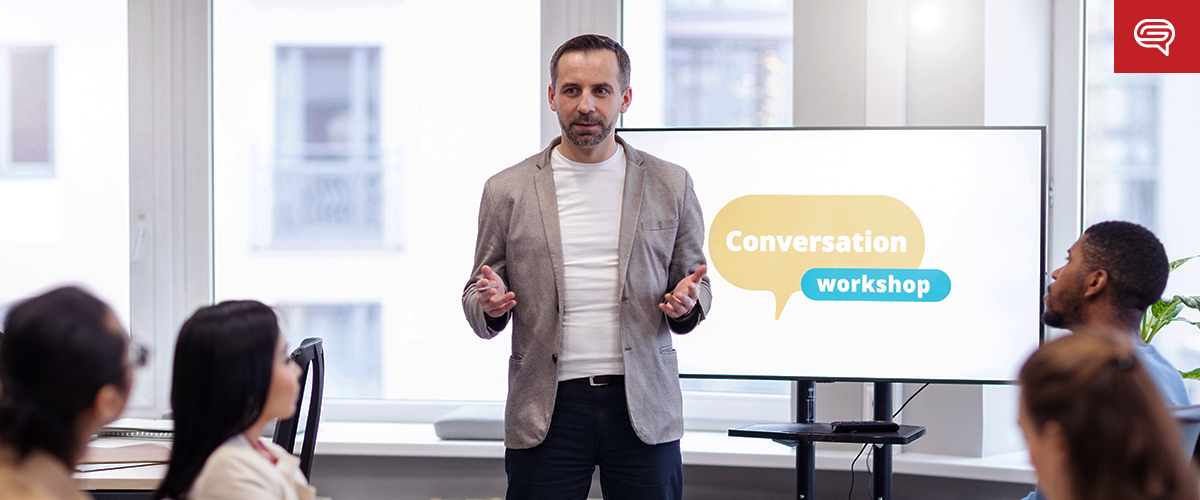During presentations, you should be able to capture and maintain your audience’s attention. Keeping everyone engaged for the presentation’s entire duration, especially when the topic is complex, can be difficult. However, the 10-minute rule offers a solution to this problem.
The 10-minute rule of presentation is a technique that involves resetting your audience’s attention every ten minutes. It is from the idea that people have a short attention span and can only concentrate on a single topic for a limited time.
After ten minutes, the brain begins to wander, and the audience may lose interest in what you are saying. You can keep your audience engaged throughout your presentation by resetting their attention every ten minutes.
Need a Presentation Designed?
Click Here To View Our Amazing Portfolio
In this blog, let’s discuss ways to reset your audience’s attention every 10 minutes.
Change the pace and tone of your voice
Speaking in a monotone voice can make your audience bored and disinterested. Changing the pace and tone of your voice helps keep their attention. Speak slower and softer to make your audience lean in and pay closer attention.
Conversely, speaking louder and faster can create a sense of excitement and energy. By varying your voice, you can convey different emotions and make your presentation more engaging.

Use humor or storytelling
Incorporating humor or storytelling helps capture your audience’s attention and keep them engaged. People love to be entertained, and humor can be an effective way to create a connection with your audience. Use funny anecdotes or jokes to break up the monotony of your presentation.
Alternatively, you can tell a compelling story related to your topic. A good story can help illustrate your point and make your presentation more memorable.
Involve the audience
Engage your audience by asking them questions or giving them small tasks. This method can create a sense of participation and make your presentation more interactive.
Moreover, encourage your audience to share their opinions or ask questions to create a dialogue and keep your audience engaged.
Use visual aids
Visual aids can help break up your presentation and provide a visual representation of the information you are presenting. Use graphs, charts, or pictures to illustrate your point.
Using visual content can make your presentation more interesting and easier to understand. Use relevant images that complement the information you are presenting.
Move around the stage
Moving around the stage can help keep your audience’s attention. Stand in different positions and use hand gestures to emphasize your point. This can create a sense of movement and keep your audience engaged. Be careful not to overdo moving around the stage, however. Too much movement can be distracting and take away from your message.
Need a Presentation Designed?
Click Here To View Our Amazing Portfolio
Incorporating these tips into your presentation can help to reset your audience’s attention every ten minutes. By keeping your audience engaged, you can ensure that your presentation is effective and memorable.





























